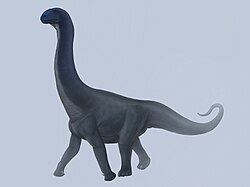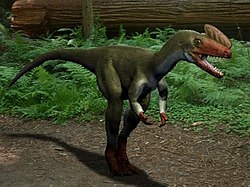| Forest Marble Formation | |
|---|---|
| Stratigraphic range: Bathonian | |
 Forest Marble Formation exposed in Kirtlington Quarry, Oxfordshire | |
| Type | Geological formation |
| Unit of | Great Oolite Group |
| Underlies | Cornbrash Formation |
| Overlies | White Limestone Formation, Athelstan Oolite Formation, Chalfield Oolite Formation, Corsham Limestone Formation, Frome Clay |
| Thickness | Up to 5m thick in Buckinghamshire, 10 to 30m in Oxfordshire and Gloucestershire, 30 to about 50m in north Dorset, 30 to 75m in south Dorset |
| Lithology | |
| Primary | Mudstone, Limestone |
| Other | Siltstone, Sandstone |
| Location | |
| Region | Bedfordshire, Buckinghamshire, Oxfordshire, Dorset |
| Country | United Kingdom |
| Type section | |
| Named for | Wychwood Forest |
The Forest Marble is a geological formation in England. Part of the Great Oolite Group, it dates to the late Bathonian stage of the Middle Jurassic. [1]









